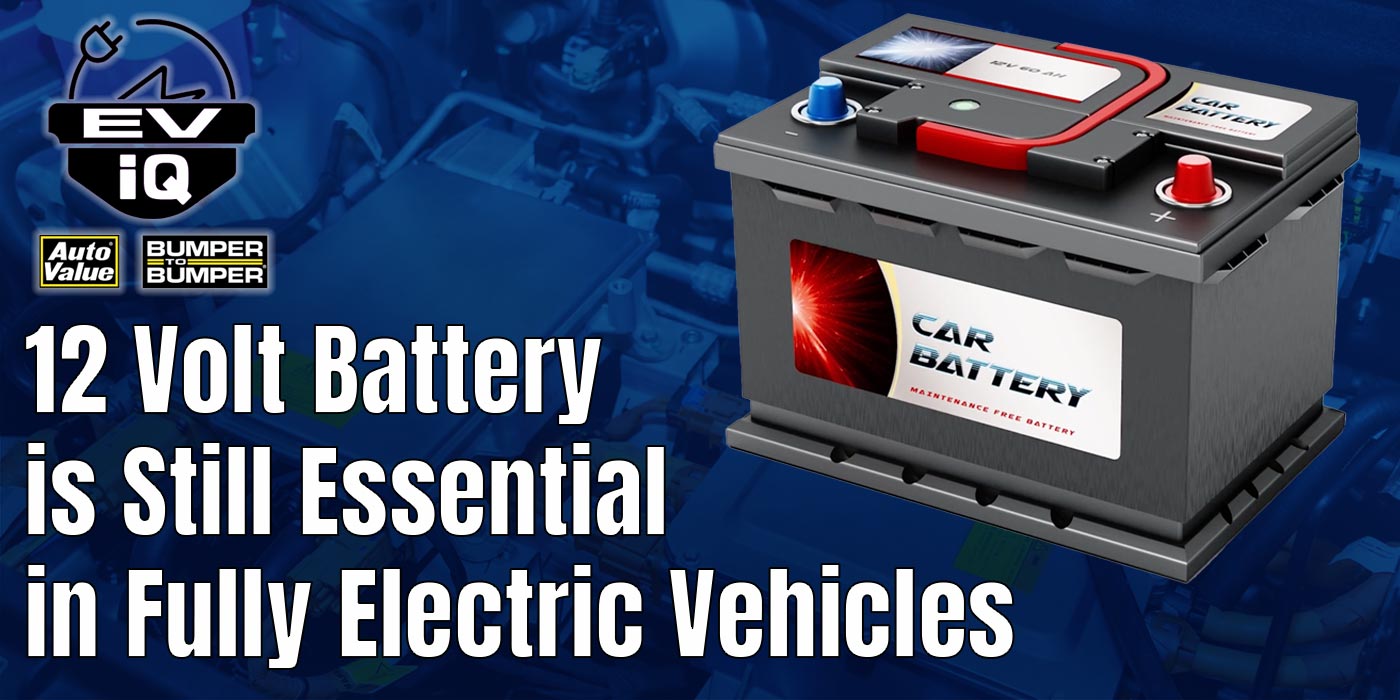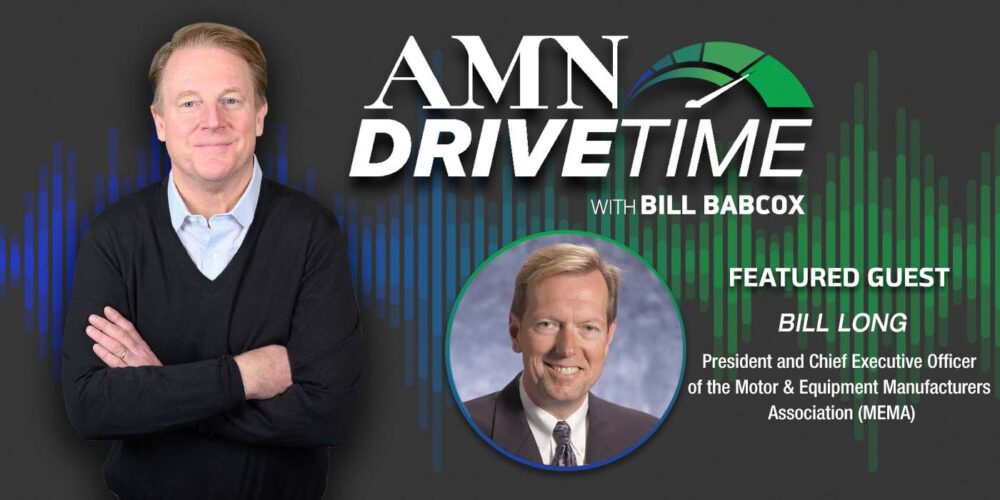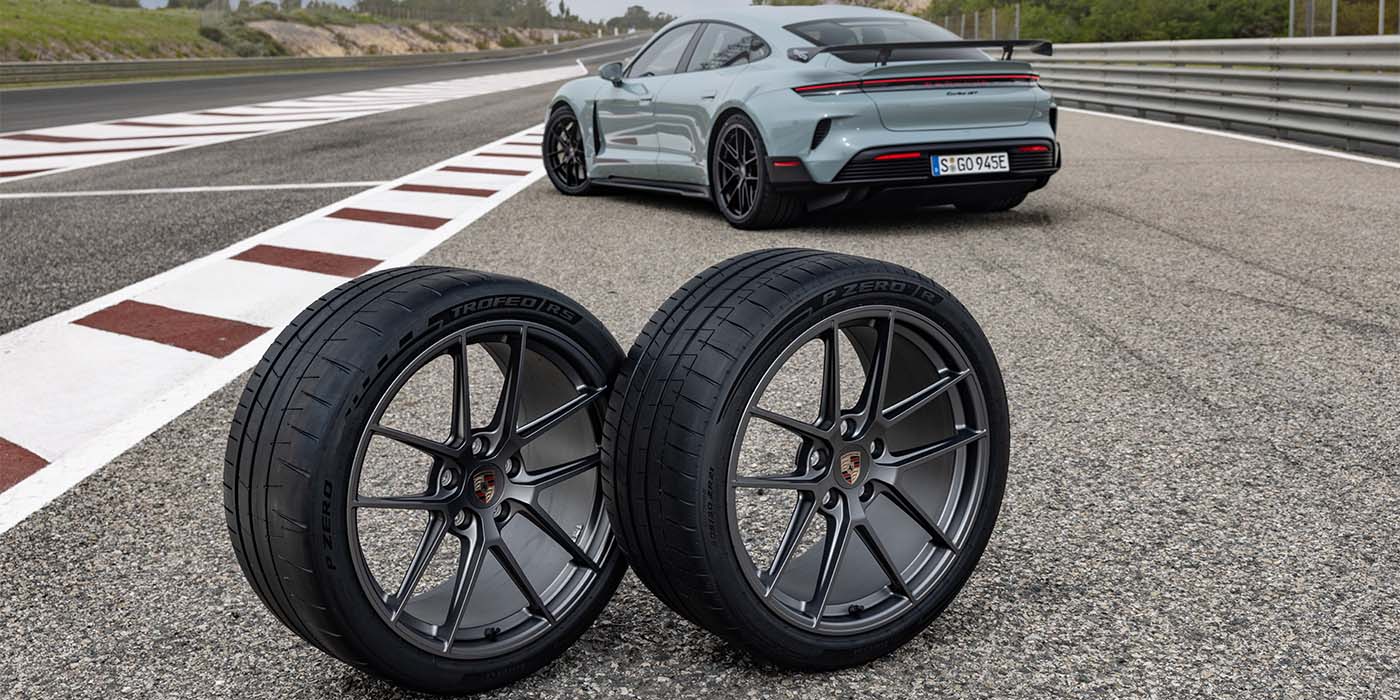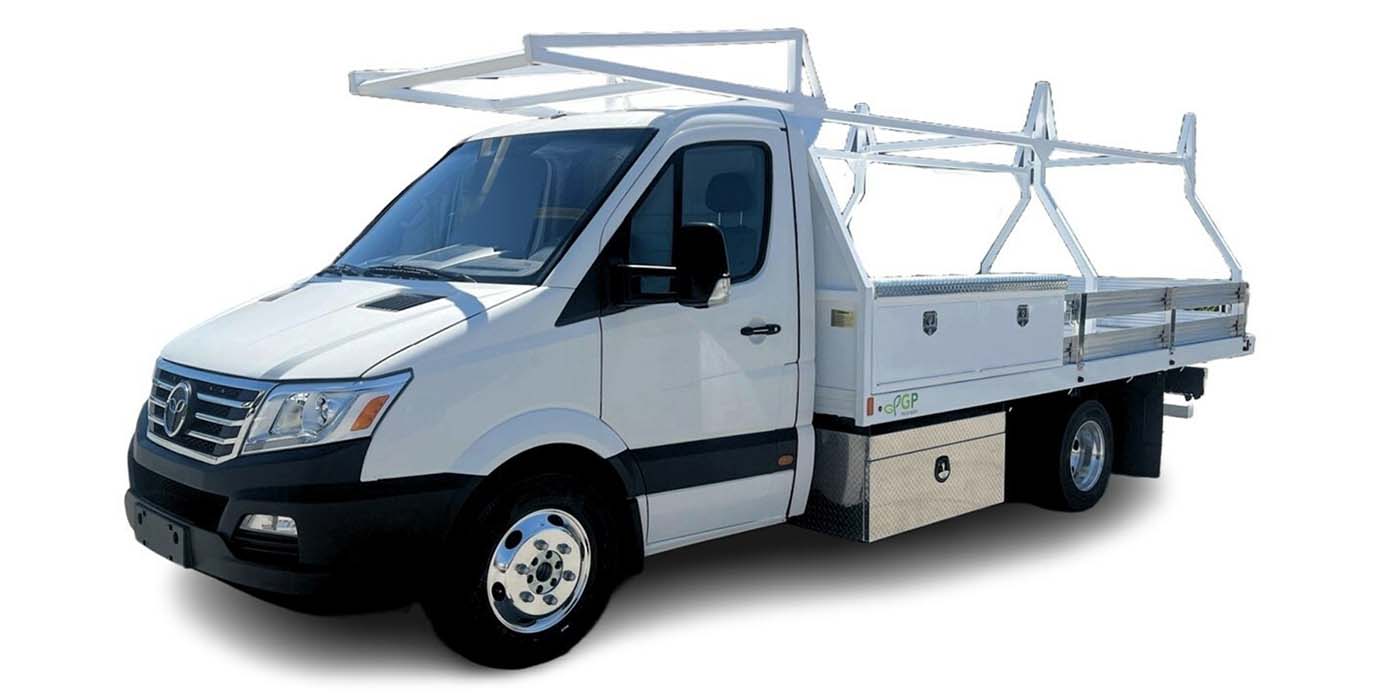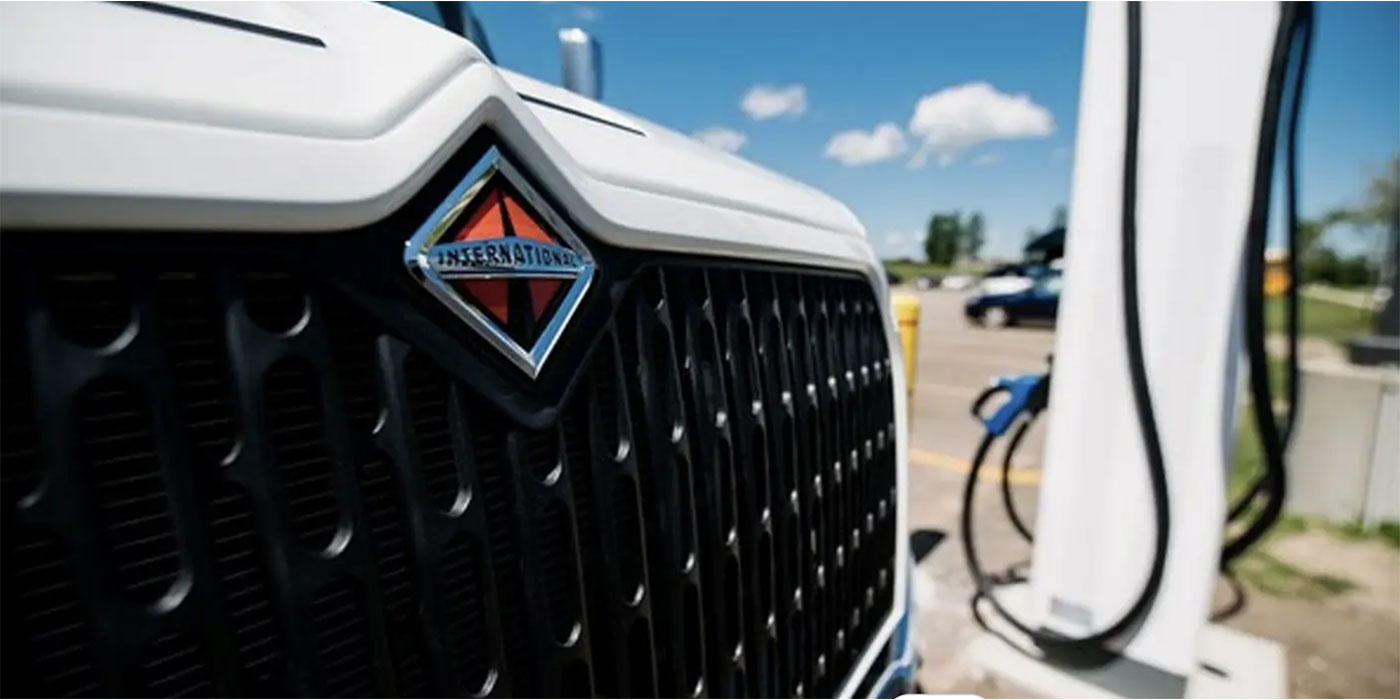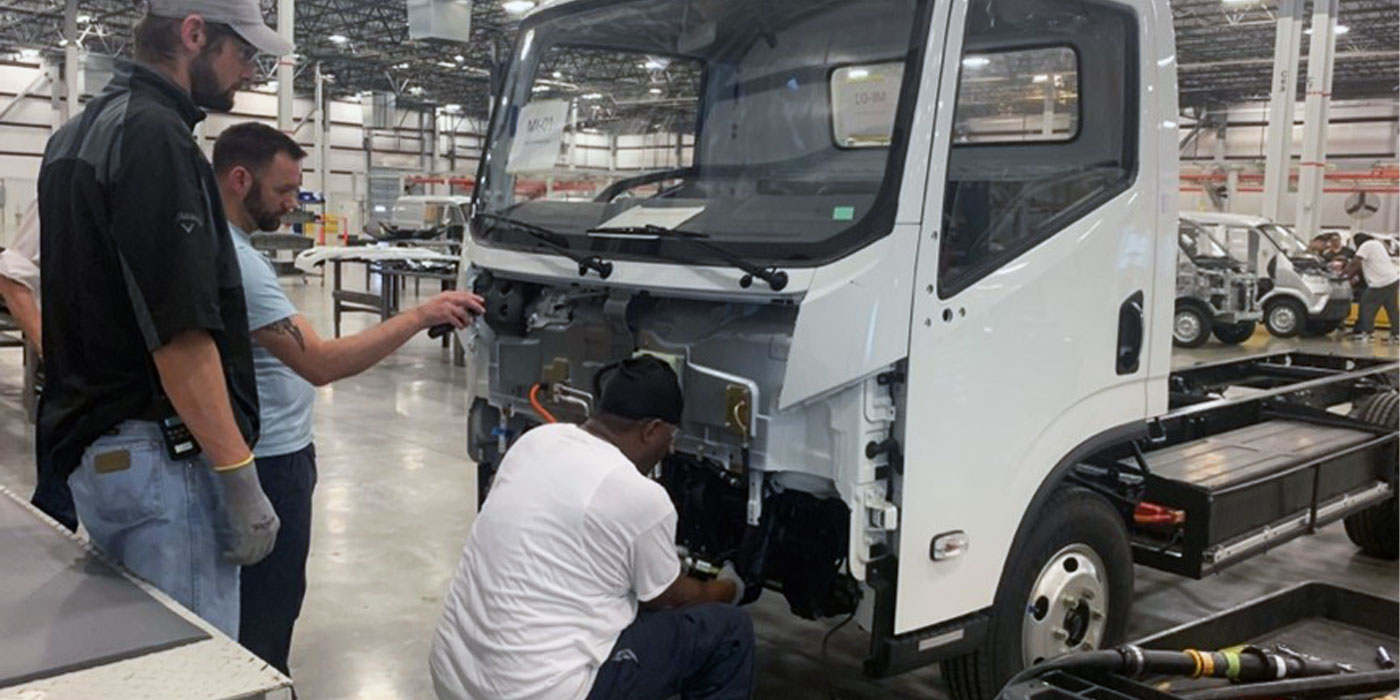Range is a big deal when there are big dollars on the line. That’s why fleets running electric trucks need to use every trick in the book to eke out all the range they can, and one of those is regenerative braking, to actively recharge the battery. But, how much power are they really getting back?
Let’s start here: What is regenerative braking?
Well, it’s not a component like a friction brake pad, and it’s found in passenger car EVs too. Rather, it’s the result of a coordinated system approach between the brake controller and the powertrain either to recapture energy or utilize friction brakes. Regen braking can be used to coordinate deceleration allocation between the brake system and the powertrain system.
It’s important to note that the regen braking function, from the driver’s point of view, is seamless. The operation of the vehicle doesn’t change, but the way in which the braking system engages does.
Rather than utilizing the foundation brakes to stop or slow or maintain the vehicle speed, and losing that energy to heat, the powertrain applies a negative torque to absorb the energy and recharge the battery.
But how useful is it really?
Well, admittedly it’s difficult to say definitively, so we’ll need to make some assumptions about the equipment and application in this case.
But first! Note that the actual power captured in a regen braking event depends heavily on the electric powertrain design and the degree to which that system is used in braking events. There are also mechanical and electrical losses that just can’t be avoided, and these are going to reduce the energy that can be recuperated and stored to the battery.
All that said, for a 40-ton vehicle running a standard regional delivery cycle, an extended range of about 20% isn’t out of the question.
That’s not bad – and there’s another bonus to regen braking too! The truck’s foundational brakes are going to be used less frequently, and will therefore last much longer than a diesel truck equivalent. That means less wear on the rotors, and less wear on the pads. And that means service intervals will be extended.
Just keep in mind that in both the case for trucks and passenger vehicles, even though those pads and rotors are going to last longer, other factors like corrosion might come into play. If this becomes an issue, you’ll want to look for a manufacturer like NRS Brakes that manufactures galvanized brake pads with mechanically attached friction on a galvanized-steel backing plate that helps fight against rust and corrosion and allows the friction to wear out rather than fall apart.

